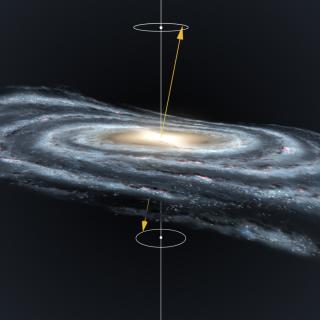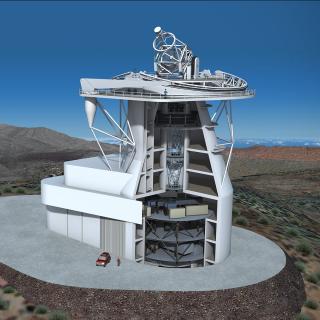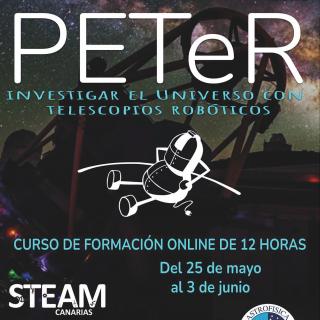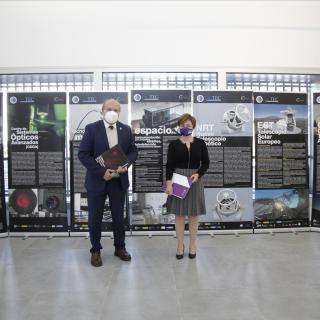
An investigation carried out by the astrophysicists of the Instituto de Astrofísica de Canarias (IAC) Žofia Chrobáková, a doctoral student at the IAC and the University of La Laguna (ULL), and Martín López Corredoira, questions one of the most interesting findings about the dynamics of the Milky Way in recent years: the precession, or the wobble in the axis of rotation of the disc warp is incorrect. The results have just been published in The Astrophysical Journal.
Advertised on




